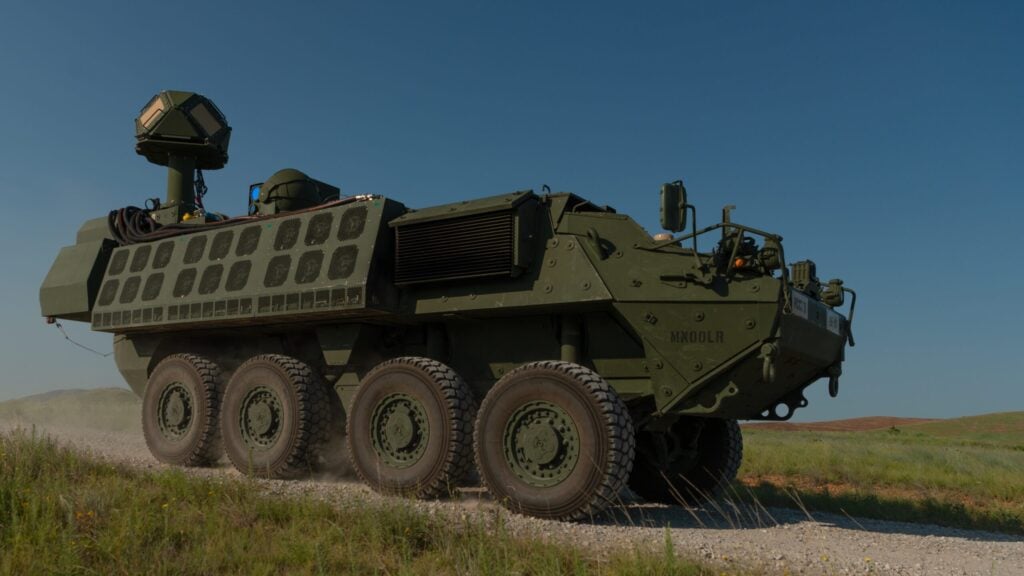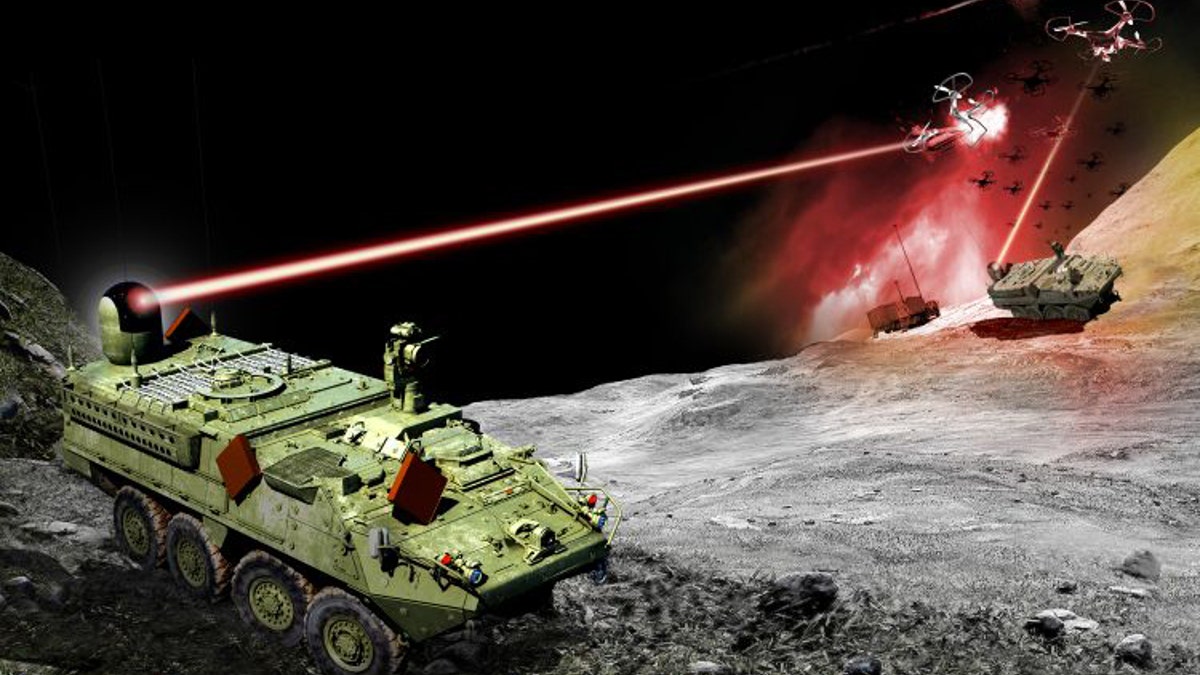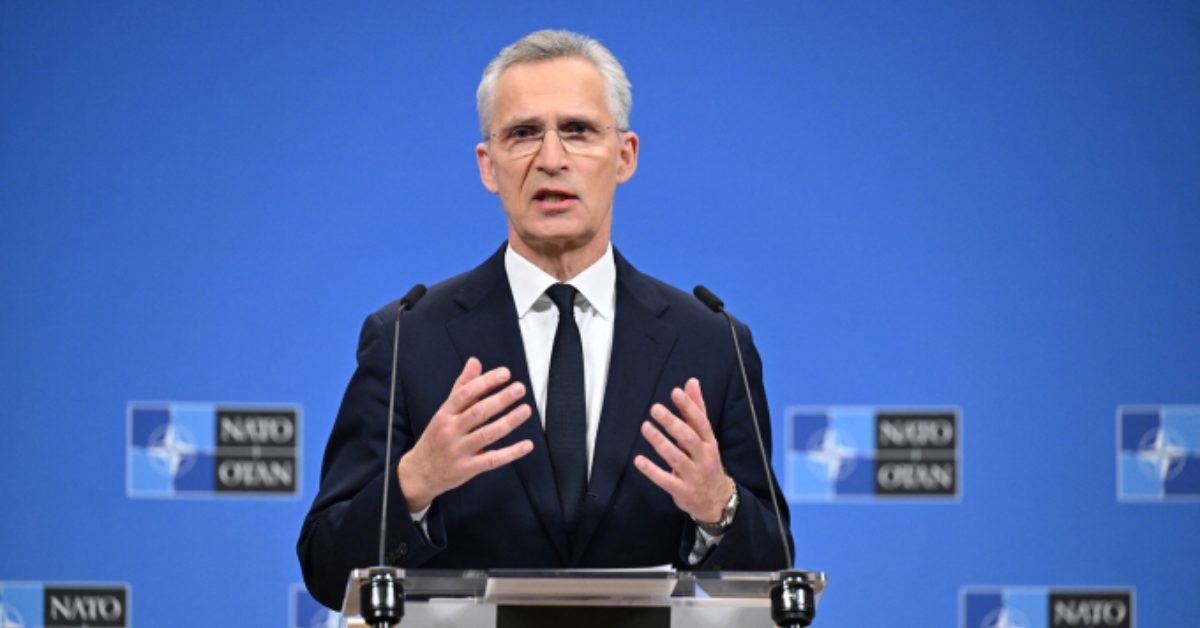Huntsville, Alabama — According to a defense news source, the U.S. Army is considering purchasing more 50-kilowatt platforms in order to acquire short-range air defense laser weapons, even though its first four prototypes are now being deployed in the region of operation of U.S. Central Command.
To test the capabilities in appropriate operational conditions, the Army has three of its Directed Energy Maneuver-Short Range Air Defense systems, or DE M-SHORAD, in Iraq. The head of the service’s Rapid Capabilities and Critical Technologies Office, Lt. Gen. Robert Rasch, stated that the fourth and final prototype will join the other three when some work is completed.
:quality(70)/cloudfront-us-east-1.images.arcpublishing.com/archetype/UONH356ARBDD7PJM5TOLBZ3CJ4.jpg)
“Today, all four of us will be downrange, helping our soldiers in battle,” he declared. We have some work ahead of us on the back end, as we will have to relinquish some of our ability to learn how to incorporate that capacity into the maneuver force. [The Army Test and Evaluation Command] is downrange with us as we continue to collect data.
Furthermore, he clarified, the Army would get knowledge from two additional 50-kilowatt laser systems during the initial platoon-set of prototypes’ absence.
The initial intention was for the Army to transfer the DE M-SHORAD prototype work to Program Executive Office Missiles and Space in 2023 when it was completed. A competition was scheduled to be held by that office for the program of record.

However, Rasch’s office determined in 2022 that the directed-energy project required further time for development and opted to move the funding to a fiscal 2025 transfer.
The initial prototypes include a Stryker assault vehicle fitted with a 50-kilowatt Raytheon laser. The principal integrator is Kord Technologies.
When the two new 50-kilowatt systems from Lockheed Martin and Washington state-based nLight arrive next year, the Army will also assess them, according to Rasch. Aspects like beam quality, price, and dependability are likely to vary since the designs are distinct, he continued.
Before choosing a course of action, the Rapid Capabilities and Critical Technologies Office now intends to study possibilities for around two years.
“We’ve got a few different designs, so we’ll combine the data we gather from these other two systems and the data we’ve already received to set ourselves up for the senior leaders, probably in late ’26 or early ’27,” Rasch said.
“It is not helpful to us to spend a lot of money and it is almost unfair if we kind of stack the deck and pass off a program decision to, say, PEO Missiles and Space, and it really isn’t a decision; you have one viable vendor,” Rasch said. “We want to maintain competition.” “Everyone gets better through competition.”
Rasch acknowledged that this endeavor would require even more time to complete, but he said, “We probably couldn’t have afforded them all anyway.” Rasch “would have loved to have had them all done and be programs of record.” Thus, this buys us some extra time to establish a more competitive environment for that affordability in the following phase.
Lethality and dependability are lessons the Army will learn with the DE M-SHORAD systems downrange, he continued.

Rasch stated, “We’ve tested these in labs for decades.” “We’re discovering new insights into what transpires when these are operationalized—that is, when our soldiers place them in an extremely unclean and unsightly environment.”
He mentioned that the Army is spending around $100 million annually in order to be ready to present a plan to Army leadership.
His agency is now assessing possibilities for 10-, 20-, 50-, and 300-kilowatt systems for a wide range of missions and threats. The 300-kilowatt laser is intended for the Indirect Fire Protection Capability, a system that will eliminate threats such as rockets, artillery, mortars, drones, and cruise missiles using kinetic, laser, and powerful microwave weapons. Next year, that laser weapon will be delivered to the Army.

While not all laser capabilities are being tested simultaneously, Rasch stated that the military intends to provide top officials with information by gathering data on the lethality, cost, power, and dependability of various directed-energy weapons in an integrated test program.
According to him, the procedure will save the military money on testing while also gathering sufficient information through operational evaluations with the user to assist the Army in determining the ideal amount of resources to address threats in a variety of settings.





